Garden Gems – Find the Spot for These Native Plants
03 Apr 2015
From sunny to shady, a spot exists somewhere in your garden for these native plants.
Native shrubs often lack appeal when viewed at the nursery. Compared with the fancy flowers of azaleas, hydrangeas and peonies—all tricked out as if they’re heading to a gala—it’s easy to overlook the scraggly vegetation in the native-plants corner. In the long run, though, calloused stems and lack of frills indicate better endurance when temperatures turn arctic in winter and scorching in summer. In fact, when freed of their nursery pots many natives become stunners in their own right. Consider the lowly rabbitbrush (Ericameria nauseosus). Once banned from polite landscapes as too “weedy,” rabbitbrush in bloom is a butterfly magnet that never needs irrigation past the first few months of establishment. This shrub is a silver cloud in summer, briefly gilded in late summer with yellow-gold flowers that become pale ochre seed heads in fall. Grow rabbitbrush in full sun and in any soil, except wet. To keep the plant compact cut the branches back by two-thirds in spring.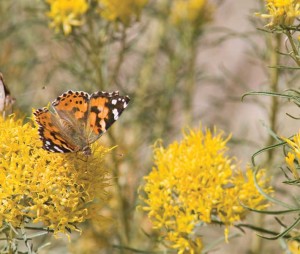
(Ericameria nauseosus)
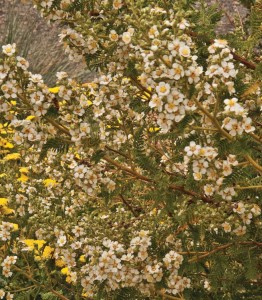
(Chamaebatiaria millefolium)
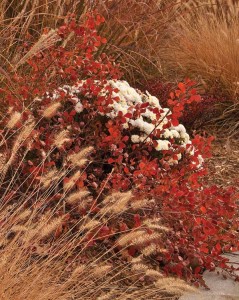
(Rhus trilobata)
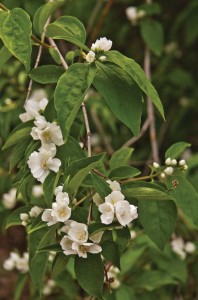
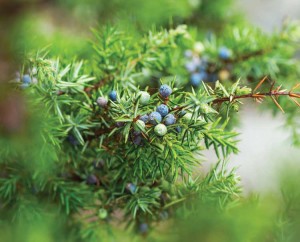
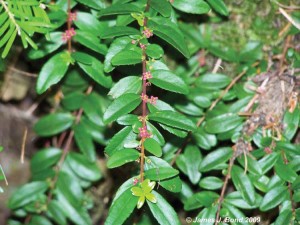
By Marcia Tatroe












